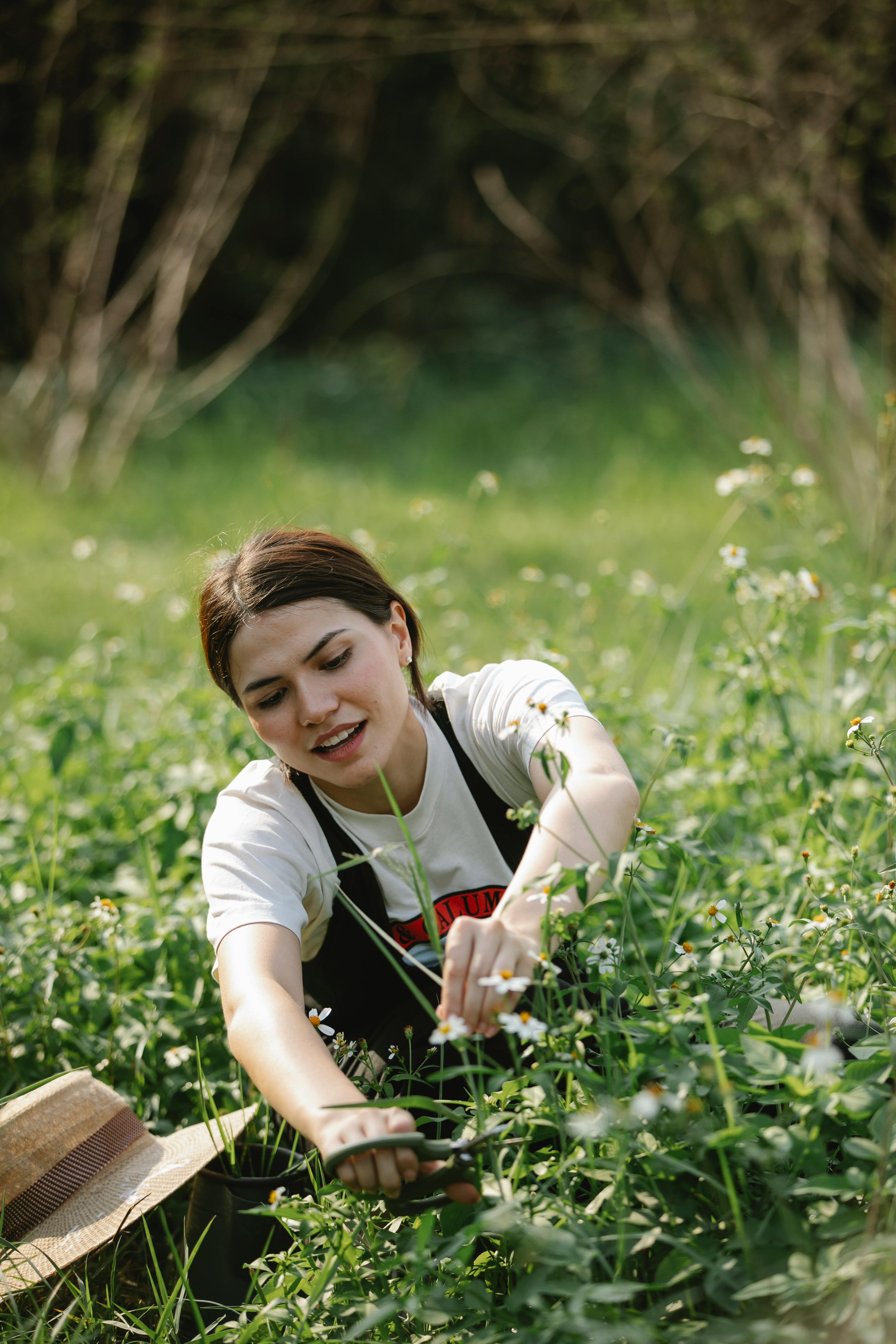Home & Garden
Urban Gardens: Growing Food in Small Spaces
Aug 15, 2023
4 min read
By Amara Wilson
# Urban Gardens: Growing Food in Small Spaces
The concrete jungle might seem like an unlikely place for agriculture, but urban gardening is flourishing in cities worldwide. From fire escapes to rooftops, urbanites are transforming unused spaces into productive gardens—proving that you don't need acres of land to grow fresh food.
## Why Urban Gardening Matters
Urban gardening offers numerous benefits beyond fresh produce:
- **Food Security**: Growing even a small portion of your own food increases resilience
- **Environmental Impact**: Reduces food miles and carbon footprint
- **Community Building**: Creates shared spaces and knowledge exchange
- **Mental Health**: Gardening reduces stress and anxiety
- **Connection to Nature**: Restores our relationship with natural cycles in urban environments
## Assessing Your Space
The first step in urban gardening is honestly evaluating your available space:
### Light Conditions
- **Full sun** (6+ hours direct sunlight): Tomatoes, peppers, eggplants, most herbs
- **Partial sun** (3-6 hours): Leafy greens, some herbs, root vegetables
- **Shade** (less than 3 hours): Some herbs, leafy greens like spinach and lettuce
### Space Types
- **Windowsill**: Herbs, microgreens, small leafy greens
- **Balcony/Patio**: Container gardens with vegetables and dwarf fruit trees
- **Rooftop**: Larger containers, raised beds, vertical systems
- **Community Garden Plot**: In-ground growing with more space
## Container Gardening Fundamentals
Most urban gardens rely on containers. Here's what you need to know:
### Container Selection
- **Size matters**: The larger the container, the more soil volume, water retention, and root space
- **Drainage is crucial**: All containers need drainage holes
- **Material considerations**:
- Terracotta: Beautiful but dries quickly
- Plastic: Lightweight, retains moisture
- Fabric: Excellent drainage, prevents root circling
- Wood: Insulates roots but deteriorates over time
### Soil Matters
- Use high-quality potting mix, not garden soil (too dense for containers)
- Look for mixes with:
- Peat moss or coco coir for water retention
- Perlite or vermiculite for aeration
- Compost for nutrients
- Consider adding worm castings for micronutrients
### Water Wisdom
- Containers dry out faster than in-ground gardens
- Check moisture levels daily during hot weather
- Consider self-watering containers or drip irrigation systems
- Group plants with similar water needs together
## Space-Maximizing Techniques
### Vertical Growing
- **Trellises and supports**: Train vining plants (cucumbers, beans) upward
- **Wall-mounted planters**: Create living walls of herbs and greens
- **Tiered or cascading systems**: Stack plants at different heights
- **Hanging baskets**: Utilize overhead space for trailing plants like strawberries
### Intensive Planting Methods
- **Square foot gardening**: Divide growing space into 1×1 foot squares, planting each intensively
- **Intercropping**: Plant quick-growing crops between slower-maturing ones
- **Succession planting**: As one crop finishes, replace it immediately with another
## Top Crops for Urban Spaces
### Easy Edibles for Beginners
- **Herbs**: Basil, mint, parsley, chives
- **Leafy greens**: Lettuce, arugula, spinach, kale
- **Cherry tomatoes**: More productive in small spaces than larger varieties
- **Bush beans**: High yield in compact form
- **Radishes**: Quick-growing for instant gratification
### Container-Friendly Fruits
- **Strawberries**: Perfect for hanging baskets
- **Dwarf citrus**: Meyer lemons or kumquats in large pots
- **Blueberries**: Compact varieties work well in containers
- **Fig trees**: Can be pruned to stay small
## Season Extension in Small Spaces
Maximize your growing season with these techniques:
- **Cold frames**: Mini greenhouse boxes that protect plants from frost
- **Row covers**: Lightweight fabric that traps heat while allowing light through
- **Indoor seed starting**: Begin plants indoors weeks before outdoor planting time
- **Microgreens**: Grow indoors year-round for nutrient-dense additions to meals
## Community Resources
Urban gardening thrives through knowledge sharing:
- Community garden membership
- Seed libraries and exchanges
- Local extension services
- Online forums specific to your climate
- Urban gardening classes and workshops
## Growing Beyond Food
Once you've mastered edibles, consider expanding to:
- Pollinator plants to support urban biodiversity
- Cut flowers for home decoration
- Medicinal herbs for home remedies
- Native plants to support local ecosystems
Urban gardening demonstrates that agricultural abundance isn't about the size of your land but how creatively you use the space you have. With thoughtful planning and the right techniques, even the smallest balcony or windowsill can become a productive growing space that nourishes both body and spirit.
Amara Wilson
Writer & Content Creator